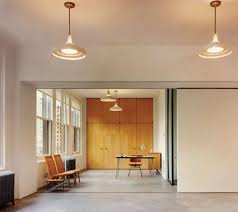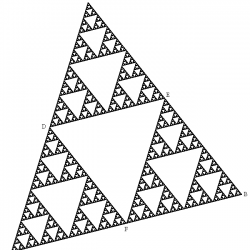 The concept that will occupy us below has an exclusive and essential job in the field of the architecture being undoubtedly one of the pillars of the activity that this discipline displays.
The concept that will occupy us below has an exclusive and essential job in the field of the architecture being undoubtedly one of the pillars of the activity that this discipline displays.
Because the architectural space it is nothing other than that space that an architecture professional creates, develops in a field so that an individual, a family, a couple, among others, can carry out their daily activities in a comfortable and comfortable way: eat, rest, entertain themselves, work, wash, among the most common.
Of course, for this space to effectively fulfill the purpose for which it was created, it is very important that is appropriate for its recipients, inasmuch as this will only be achieved if the professional in charge respects not only the motivation that triggered its development but also the useful space and physical conditions.
Because of course, the available space and the particular conditions that it offers will also influence the final result.
In other words, there must be a harmony between the mentioned elements so that the created space is enjoyed one hundred percent.
For his part, the architect, as the professional who professionally executes the realization of these spaces is called, must make use of the knowledge acquired at the university about architectural elements in order to create correct spaces. Without the proper arrangement and application of them, column, staircase, cupola, arch, pillar, partition, portico and lintel, in the spaces, it will be impossible to achieve it.
Thus, the architect, on the total space available, will establish priorities and the location of some of the elements mentioned, achieving the delimitation of the environments, in the internal part of the space, and on the other hand an external part.
And again we return to address the issue of needs, because the architect, in the design of the space that is entrusted to him, must meet, as we have already said, the demands of those who will move through said space. If it is a large family, an attempt will be made to generate the greatest number of rooms so that each member has their personal space and, of course, common spaces where they will share typical activities.









